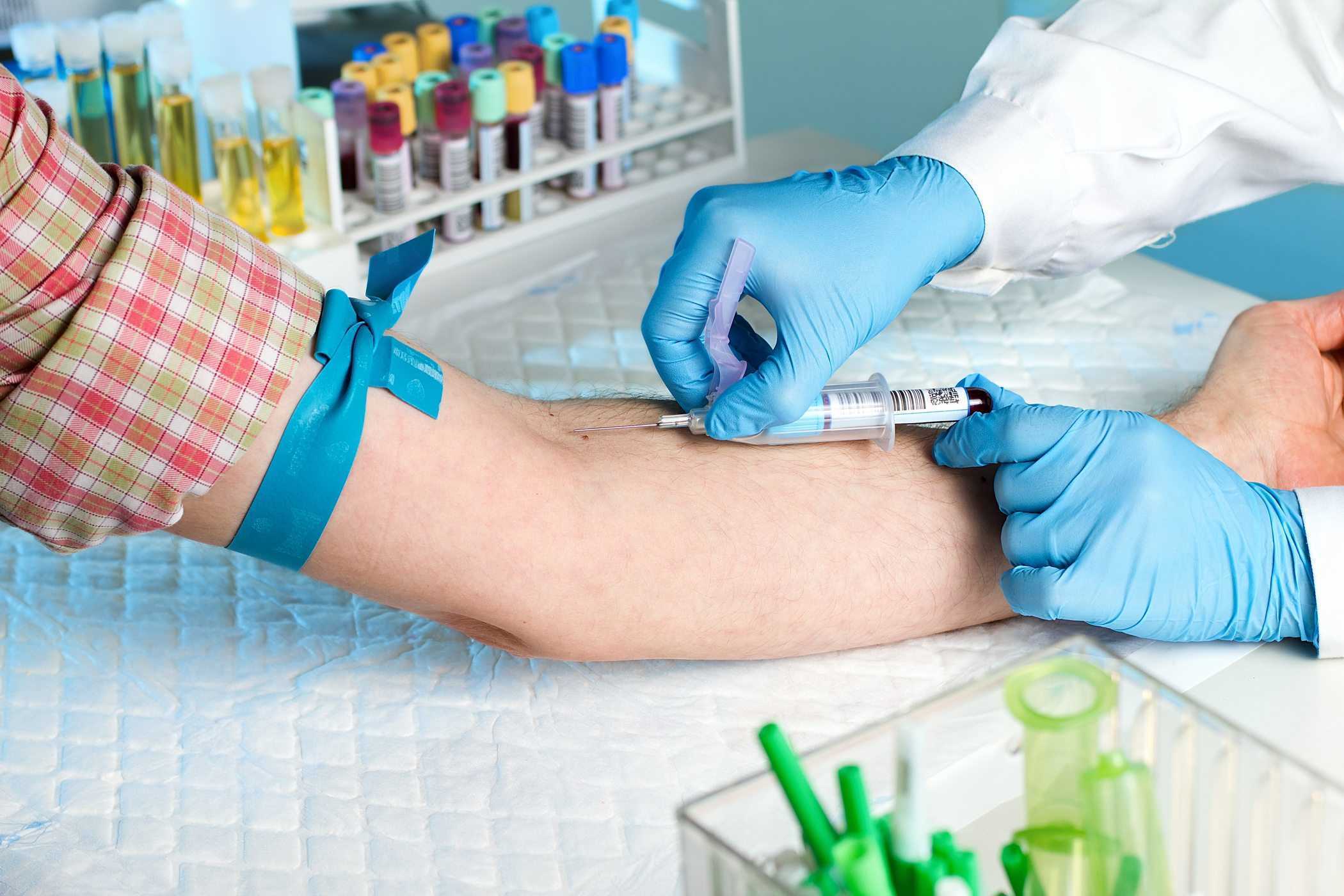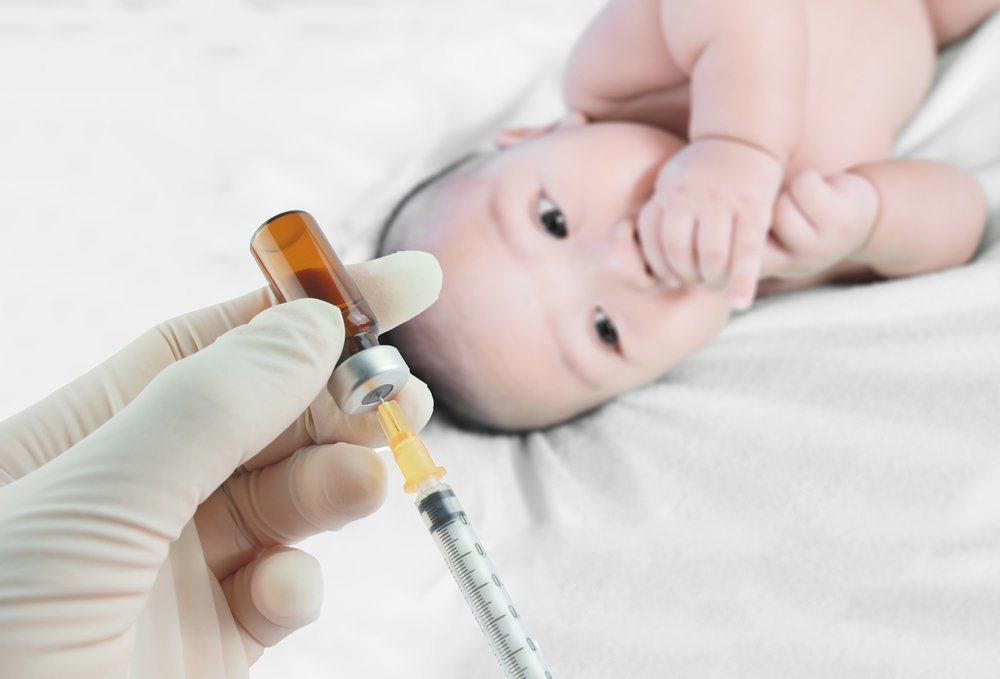Contents:
- Medical Video: 5 Common Signs of Tuberculosis
- Get to know the characteristics of the bacteria that causes tuberculosis
- Be aware of many ways of transmitting TB
- Various factors that increase a person's risk of contracting TB
Medical Video: 5 Common Signs of Tuberculosis
Indonesia ranks second as the country with the most TB cases in the world, following India. The latest data from the Indonesian Health Profile from the Ministry of Health reports that there were 351,893 cases of TB in Indonesia in 2016, an increase from 2015 of 330,729 cases. The increasing number of TB cases in the country is influenced by a lack of public awareness and limited information about this disease. It is important for you to know the most common ways of TB transmission to avoid the risk of infection from people who are sick.
Get to know the characteristics of the bacteria that causes tuberculosis
Before knowing how TB is transmitted, it is important to know how germs that cause TB can live and multiply in the body.
Tuberculosis is a highly contagious infection caused by the bacterium Mycobacterium tuberculosis. TB bacteria have characteristics like other types of bacteria in general, namely:
- Resistant to low temperatures so that they can survive for a long time at temperatures between 4 degrees Celsius to minus 70 degrees Celsius.
- Germs exposed to ultraviolet light will instantly die within minutes.
- The bacteria will die if within a week if they are in sputum which is at a temperature between 30-37 degrees Celsius.
- Germs can sleep and do not develop in the body for a long time.
Be aware of many ways of transmitting TB
Mycobacterium tuberculosis spreads from one person to another when TB sufferers expel phlegm or saliva from their mouths that contain these germs into the air - for example when coughing, sneezing, talking, singing, or even laughing.
According to data from the National Guidelines for Tuberculosis Control issued by the Indonesian Ministry of Health, in one cough a person usually produces around 3,000 sputum spells or also called droplet nuclei.
The germs that come out of their coughs, TB sufferers can survive in the moist air that is not exposed to sunlight for hours. As a result, everyone who is close to and has contact with TB patients directly has the potential to breathe it so that it is eventually infected.
Various factors that increase a person's risk of contracting TB
In addition to knowing the pathways of TB transmission, you must also understand and be aware of the risk factors.
Reporting from the Central for Disease Control and Prevention, here are four factors that determine the likelihood of transmission of TB, namely:
- The immune system of people who have direct contact with TB patients. If you live and care for TB patients on one roof and your immune system is weak, your risk of getting infected with TB will be even higher. The weaker the body's immune system, the easier it will be to get infected.
- How much bacteria is transmitted. People who are often exposed to TB patients have a greater risk of infection compared to people who are less exposed to germs.
- Environmental factor. For example, a humid, narrow environment, and not exposed to sunlight will usually increase the likelihood of transmission resulting in infection. In addition, places with poor air ventilation or even no ventilation will increase the risk of transmission. This is because germs released by patients when coughing or sneezing gather in the room.
- Exposure. A person's exposure to bacterial transmission is determined by several factors, namely the proximity or distance between the patient and a healthy person, the frequency or how often you are exposed, and the duration or duration of exposure that occurs between healthy people and sufferers.
However, not everyone who breathes TB directly has this disease. In people with a healthy immune system, germs can be properly resisted so they will die before they develop.
People with weakened immune systems usually tend to be more easily infected. Elderly, people with HIV or AIDS, people with cancer, diabetes, kidney disease, and other autoimmune diseases are at higher risk for infection because their immune systems are unable to suppress bacterial growth.












